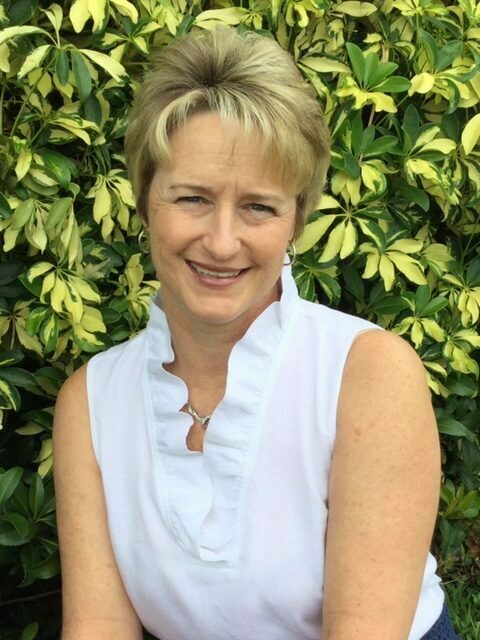by JULIE BUTTERFIELD
The caladium harvest season is always a bustling time filled with challenges, such as wet soil or temperatures that are a detriment to a bulb just plucked from the warm blanket of the ground.
Dr. Robert Hartman’s farm — Classic Caladiums — yields 80 varieties of caladiums, but cold temperatures and rain are a threat each day to a timely harvest.


“These are tropical perennials, and this may sound funny, but they actually freeze at 50 degrees,” Hartman says.
Yet, situated on sandy terrain, Hartman is fortunate his Avon Park farm isn’t facing the extra challenge of soil muck, like what his counterparts near Lake Placid are experiencing.
Compared to its wetter summer months, winter is typically dry in Florida, making it perfect for harvesting caladiums. And the cooler days are usually ideal for harvesting them, with growers historically harvesting five to six days a week.
“Depending on the acreage planted, the harvest could last until anywhere between the end of February or through April,” says Danielle Daum of Happiness Farms Caladiums. “This winter, with El Niño, we’ve had lot of rainy days, which have caused us significant delays.”
Daum said the location on the shores of Lake Istokpoga offers caladiums the “black, rich, organic, lake-bottom muck” that is perfect for propagating caladium bulbs. But when the soil is wet like it has been much of this winter, it’s muddy and cumbersome, and the growers have too much difficulty on the fields. Their equipment can get stuck or immobilized.
“Our tractors and trucks will literally sink in the fields when they’re very wet,” Daum says. “Because of this, we aren’t able to take equipment into the fields after big rains.”
The soggy fields create a domino effect that starts with a slower bulb harvest and ends with shipping delays for the wholesale caladium customers.
This caladium season has seen rains over several consecutive days, Daum says.
“We’ve had periods when we had a hard rain one day then beautiful dry days for several days, which allowed the fields to start drying out,” Daum said, “only to get another hard rain just as it was getting dry enough.”
It kept happening, prolonging the time it took to get their equipment out to the fields to harvest.
To meet customer demand, growers usually try to have their shipments out by late December through February, which necessitates a full-time harvest.
“Timing is everything,” Daum says. “Any delay in harvesting can cause inventory problems and shipping delays.”
Once the harvest is completed, the caladium bulbs are washed, sized, dried and cured before they are shipped, which can take up to two weeks.
Daum said a too-soggy muck soil threatens to create a shipment bottleneck for customers who are under a “hard deadline” and puts growers at risk of canceled orders.
Further exacerbating the threatened production timeline are “black beauties,” muck soil in swampy conditions that can be confused for caladium bulbs. Muck is fertile for plant growth, but the black beauties distort the count of harvested bulbs and throw off the inventory.
While Happiness Farms is deploying mitigation measures like mole drains that allow water to flow out of the fields into the ditches, “like water coming out of a hose,” Daum says there’s a lot of hope for next year.
Without El Niño wreaking havoc, and with a typical Florida winter, the chances of a drier field are much higher.
Daum is reminded of her father’s “simple” wishes for the farm.
“My father has always said he prays for a half-inch of rain every couple of days, after 6 p.m. during the summer growing season, and no rain on the muck during the winter harvest,” Daum says. “Farmers don’t ask for much.”

